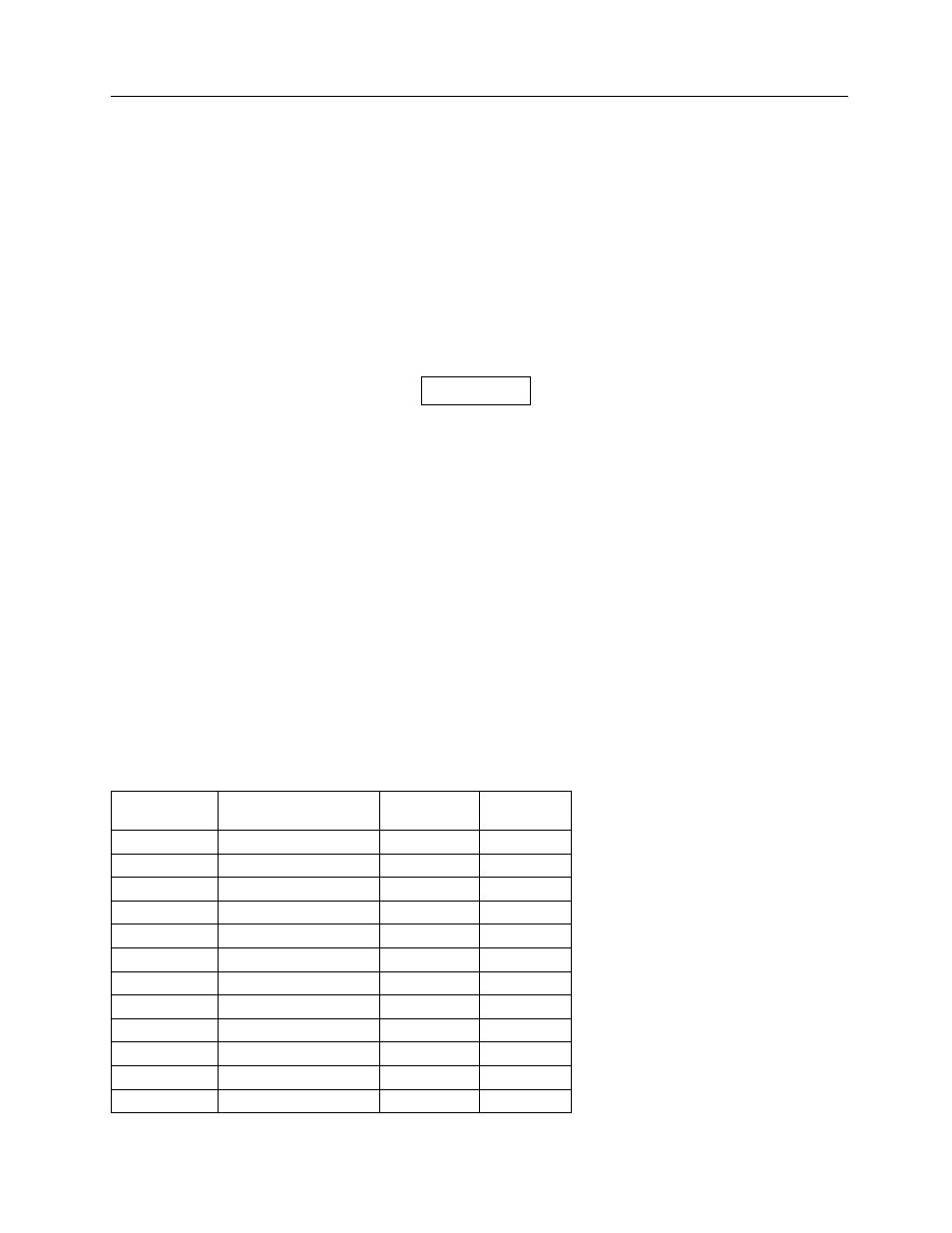Fluke Biomedical 06-526 User Manual
Page 13

Operation
Determining Minimum Filtration Requirements (Beam Quality-HVL)
2
2-5
2.6 Determining Minimum Filtration Requirements (Beam Quality -
HVL)
1. Select a tube potential which is commonly used and is in the highest kVp range of the x-ray
machine. Refer to Table 2-1.
2. Position the x-ray tube and the RAD-CHECK PLUS.
3. With no added filtration in the beam, make an exposure and record the reading.
4. Using the optional Half-Value Layer Kit (or equivalent), tape the increments of filtration to the face
of the collimator.
5. Make an exposure and record the reading for each total thickness of filtration as indicated in Table
2-1.
The information contained in Table 2-1 was
extracted from DHEW Publications (FDA) 76-8014
"Suggested Optimum Survey Procedures for
Diagnostic X-Ray Equipment."
6. Plot the exposure reading (log Scale) verses the total added filtration thickness on semilog paper.
7. Determine the exposure value which is 50% of the radiation recorded in Step 3. The corresponding
thickness is the HVL value. Refer to Table 2-1 for the minimum HVL values required for that
particular kVp.
To check the minimum filtration requirement at a particulate kVp:
1. At a pre-selected kVp, record an exposure reading with no filtration.
2. Record an exposure reading with the minimum filtration requirement taped to the collimator.
The minimum filtration required has been met if the second exposure is less than or equal to one-half of
the first reading.
Table 2-1. Minimum Filtration Requirements
kVp Range
Total added filtration
steps (mm Al)
kVp
Measured
HVL
(mm Al)
Below 50
0.5, 1.0, 1.5, 2.0
30
0.3
40
0.4
49
0.5
50 to 70
1.0, 1.5, 2.5, 3.5
50
1.2
60
1.3
70
1.5
Above 70
1.5, 2.5, 3.5, 4.5
71
2.1
80
2.3
90
2.5
100
2.7
110
3
120
3.2
NOTE